- Info CenterHalogen MP5 More Accurate Than Hach CL10 - San Jose Water The Report Details Background San Jose Water...Halogen SensiCLĒNE™ The MP5™ was created with stable calibrations and low maintenance as priority requirements. To that end,...
- Industries & ApplicationsMaritime & Aviation
Potable Water
Airport & AirPLane Monitoring
Inflow Source Monitoring
Tanker Monitoring
INDUSTRIALCommercial Buildings
Industrial Processing
Applications - ProductsHalogen SensiCLĒNE™ The MP5™ was created with stable calibrations and...Real Talk about "Continuous Monitoring" Chlorine Analyzer claims Some manufacturers...
- Contact
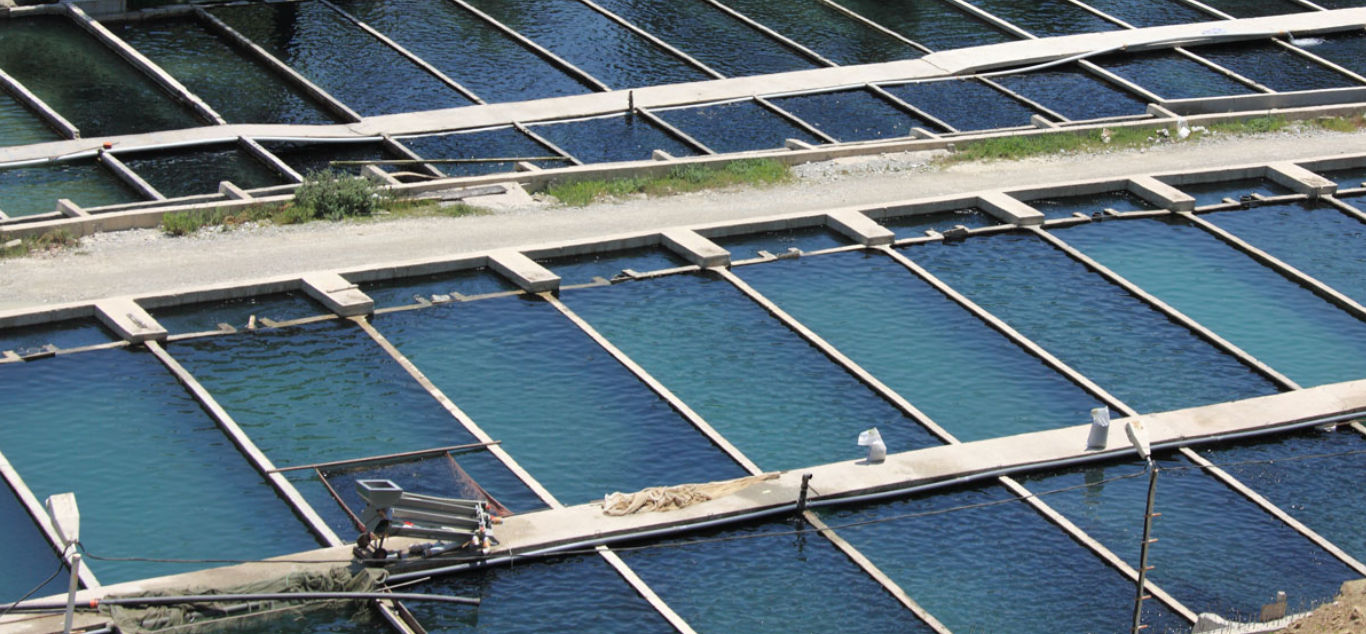
Diligent Chlorine Monitoring Essential for Aquaculture Success
Maintain Aquaculture Water Quality With Multi-parameter Monitoring
"Monitoring chlorine levels at multiple stages of an operation is a critical component to maintain healthy organisms and mitigate potential environmental impacts."
It’s no secret that water quality is a primary driver of a healthy aquafarming or aquaculture operation. Monitoring chlorine levels at multiple stages of an operation is a critical component to maintain healthy organisms and mitigate potential environmental impacts.
Dealing With Source Water
Source water must be treated to eradicate harmful organisms that could spread disease into the tanks. Methods for disinfecting aquaculture water can differ based on the type of operation. In fish hatcheries, various components such as pipelines, tanks, jars, algae/artemia systems, and nets undergo disinfection and are free from harmful pathogens. Similarly, all non-porous and corrosion-resistant equipment, such as airlines, air stones, standpipes, screens, and sampling containers, must be disinfected. Diligence in these areas helps maintain a clean and pathogen-free environment for the aquaculture system. However, operators must prevent toxic levels of disinfectants from reaching the fish or other cultivated life in the tank.
Mitigating Released Water
Aquaculture water released into natural water sources must likewise undergo disinfection. If the chosen method is chlorination, the dose and duration of treatment should be carefully calibrated to effectively eliminate all potentially harmful organisms that might reach and endanger the surrounding water ecosystems. This measure helps safeguard the health and balance of the natural water systems to avoid the negative impact of chlorination on fish and water systems. Once disinfected, such treated water must be dechlorinated before discharging to prevent toxic effects on natural systems around the facility.
High Chlorine Level Toxicity
Excessive chlorine levels in aquaculture can have detrimental consequences, such as fish mortality. Chlorine is a strong oxidant and can be lethal to most fish at levels between 0.1-0.3 ppm. Fish exposed to elevated chlorine concentrations suffer from stress, skin irritation, and gill damage, potentially leading to suffocation.
Furthermore, heightened chlorine levels (even as little as 0.001 to 0.003 ppm) can disrupt the delicate balance of beneficial bacteria in the water system. This disruption creates an environment conducive to the growth of harmful bacteria and other pathogens. As a result, the overall health and stability of the aquaculture system become compromised, challenging the entire aquaculture operation.
Low Chlorine Level Issues
Beyond the risks posed by high chlorine levels, it is essential to recognize the adverse impacts of low chlorine levels on fish health. Insufficient residual chlorine in water systems can foster the proliferation of harmful bacteria and other pathogens, resulting in substantial losses for aquaculture producers.
Moreover, the presence of low residual chlorine levels contributes to the formation of biofilms on surfaces within water systems. These biofilms create stubborn layers that are challenging to clean and disinfect effectively. The persistence of these biofilms not only hampers the overall cleanliness of the aquatic environment but also increases the potential for disease transmission among fish.
Balancing chlorine levels in aquaculture systems is critical to safeguard the health of fish and maintain a hygienic and thriving environment for aquaculture operations.
"Halogen's small-footprint multi-parameter sensors enable aquaculture operators to continuously monitor Free Chlorine, pH, Temperature, Conductivity, and ORP in one online, near-time unit with remote monitoring capability…"
Neutralize, then Monitor
To neutralize detergents like chlorine, some operations rely on passive processes such as direct sunlight and water aging. Other operations rely on commercial water conditioners. Additionally, some may utilize reverse osmosis/de-ionized water. Despite the relative success of these methods, systematic monitoring of chlorine levels remains crucial to the well-being of an aquaculture environment. It is essential to regularly measure chlorine levels both in the facility water source and the aquatic environment as a standard practice. Halogen’s MP5™ chlorine sensor’s small footprint and remote monitoring options make it a good foundation for solutions that continuously monitor chlorine levels throughout an aquafarm operation—at the source water, in flow-piping or cultivation tanks, and before the discharge valve.
Chlorine Isn’t the Only Worry
While chlorine is an important parameter to monitor, the health of aquatic life is greatly affected by pH, temperature, salinity, and oxygen levels, and monitoring these parameters will help operators spot areas of concern quickly so that the viability of the life in the tank, and the ecological balance of the natural water around the facility are both protected.
The Halogen MP5™ multi-parameter sensor enables operators to continuously monitor Free Chlorine, pH, Temperature, Conductivity, and ORP in one online, near-time unit, reporting via a MODBUS display controller or an off-grid, battery-powered cellular telemetry option.
Build a Solution Around a Stable, Low-Maintenance Sensor
Engineers of aquafarm and aquaculture monitoring systems have many different issues to navigate when building a solution that can provide accurate information without introducing unnecessary complexity or maintenance headaches to the operators. Halogen’s line of chlorine sensors can provide a foundational sensor package that can be deployed in source-water or discharge pipes, as well as a side-stream flow-cell board, or simply submerged in tanks so that operators have an accurate, reliable, and low-maintenance monitoring solution, even in remote-off-grid locations.
Contact Halogen today to see how their line of multi-parameter sensors can solve aquaculture chlorine monitoring and more.
Many Applications Benefit from a Self-Cleaning, Low-Maintenance Analyzer
Halogen’s technology helps maintain stable calibrations while lowering maintenance requirements. This combination makes MP5™ a good option for monitoring stations that might otherwise involve constant crew rollouts for operator interventions. When packaged with remote telemetry options, the MP5™ can be the foundation for IoT monitoring solutions. See below for example applications.

REMOTE RESERVOIR
Suspended directly in the a drinking water reservoir, an MP5™ chlorine sensor can report via a cellular telemetry option. When running on an optional battery kit, the MP5™ can sample at predefined intervals and operates with no maintenance interaction for a month.
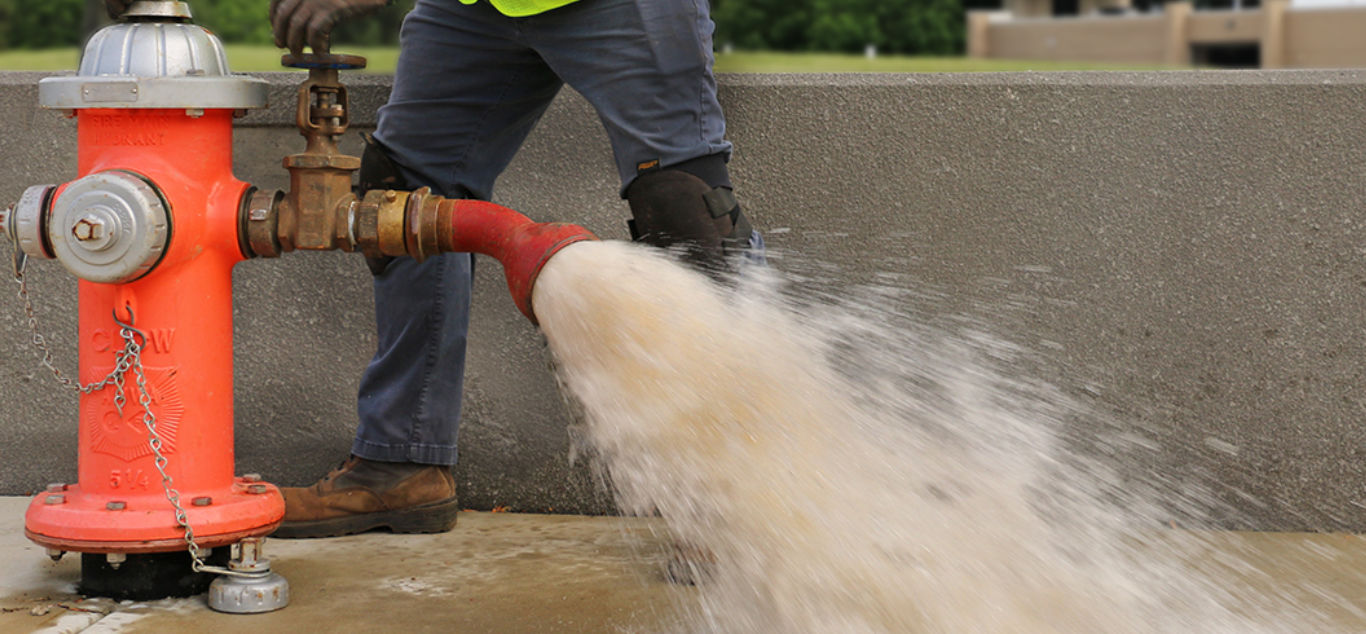
END-OF-LINE TESTING
Municipalities that currently have to roll a truck to know with certainty that homes at the end of the line are getting appropriate PPM can lower costs and increase accuracy by putting an MP5™ directly in the neighborhood water pipe. Data can broadcast via cellular telemetry.
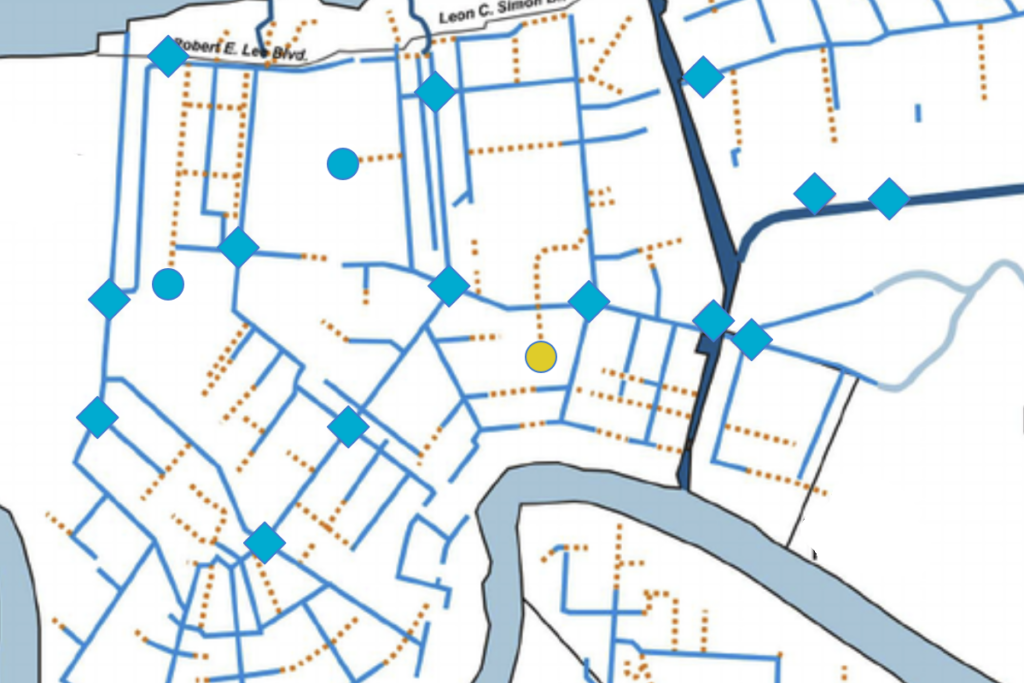
GRID MONITORING
Water aging and other degradation issues in a distribution grid can be discerned by deploying MP5™ analyzers at desired points in the system. Operators can track temperature, conductivity, pH, and even ORP no matter the flow or pressure (up to 10.5 bar) via remote telemetry options.

CRUISE SHIP DRINKING WATER
To guard against Legionella, cruise lines need to monitor chlorine levels in their freshwater tanks, guard against contamination from source providers, and sample at the actual taps. SensiCLĒNE™ technology and the flexible installation options of the MP5™ analyzer allow operators to create solutions that will work in this tough environment.
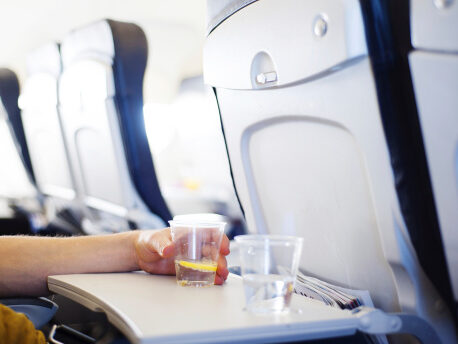
AIRLINE WATER TANKER MONITORING
Studies in the UK show water tankers as a source of contamination in airline drinking water, but monitoring these mobile refill units is a highly manual process, making consistency difficult in a rushed environment. Self-cleaning, durable, and flow-independent, the MP5™ can be the foundation of an source-side solution.
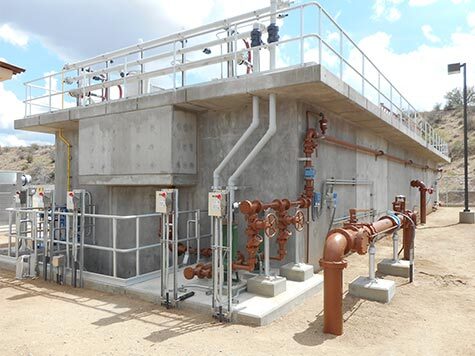
EWR MONITORING
Environmental Water Reclamation (EWR) is a hot topic in areas that are facing water shortages, but remote holding tanks can also become hot spots for all sorts of bacterial growth. Thanks in part to SensiCLĒNE™, the MP5™ is unaffected by flow and turbidity, making it a good choice to build a robust, low-maintenance monitoring system.